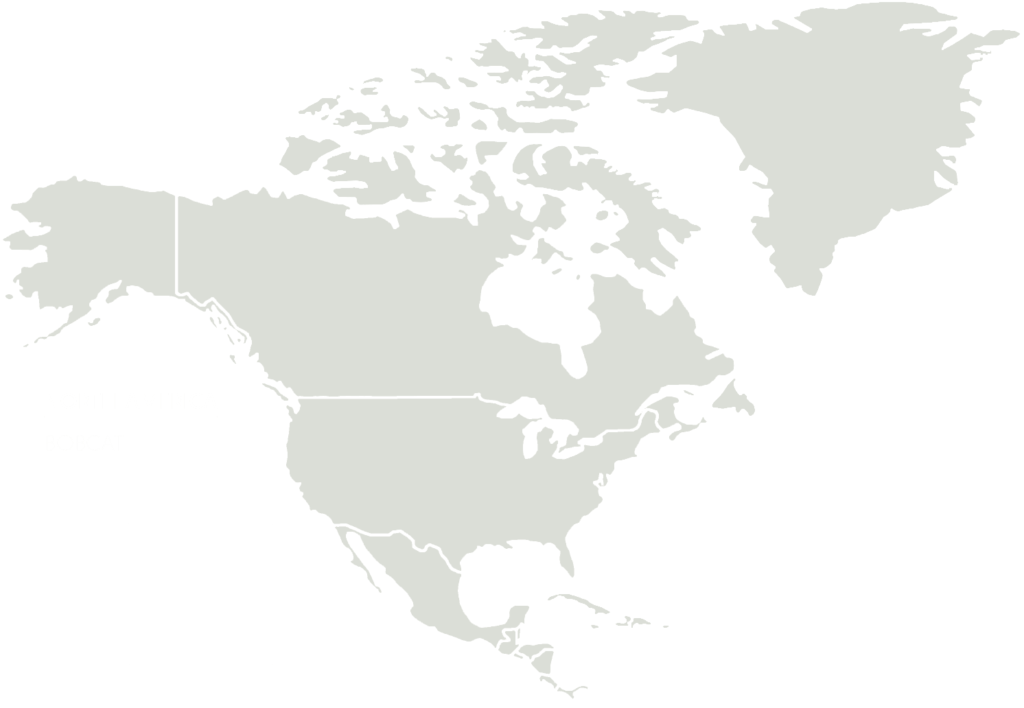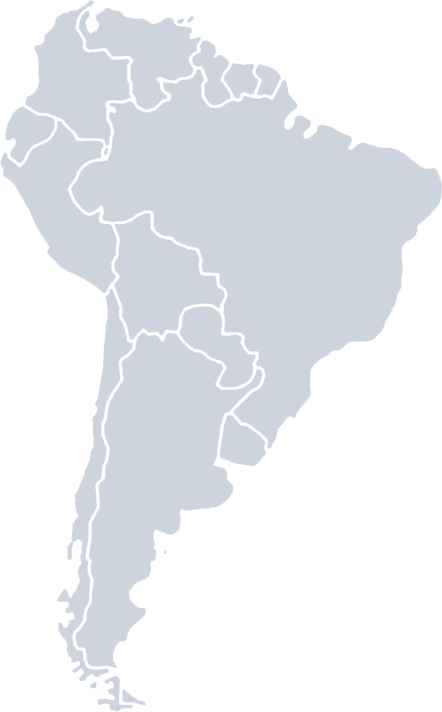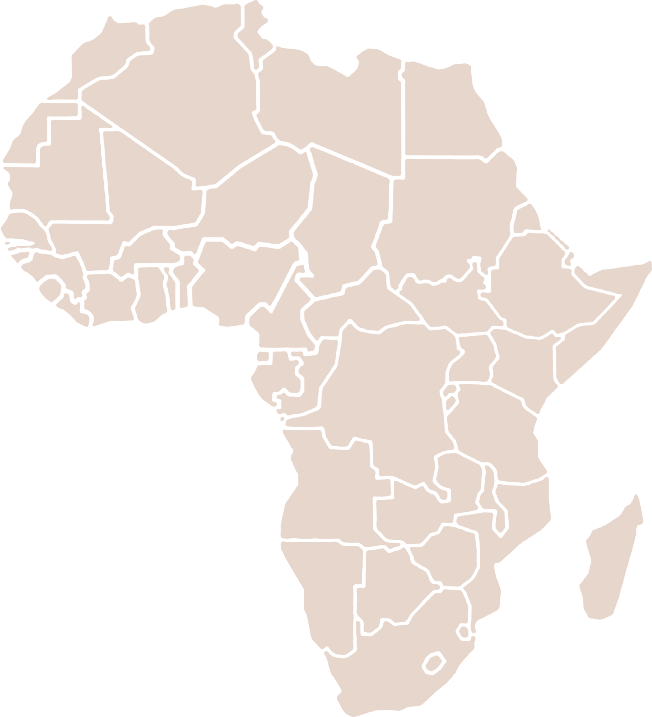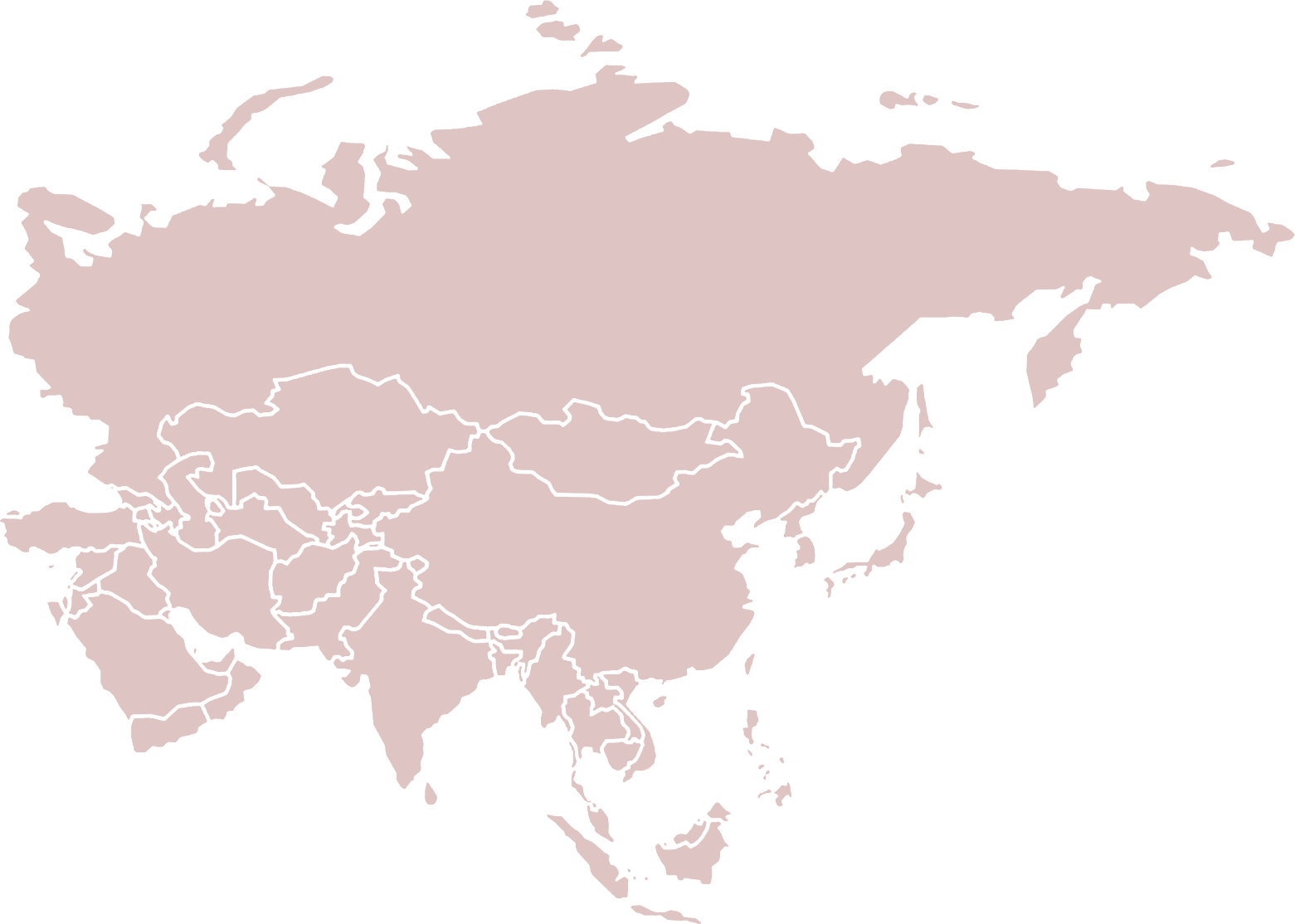North America is home to fifty different species of whales and dolphins. The west coast of the United States is particularly known for humpback, gray, and blue whales. On the East Coast, you'll find plentiful humpback whales, and if you are very lucky, northern Atlantic right whales. The continent is home to several endemic cetaceans, including the critically endangered Rice's Whale, and and the extremely elusive Hubbs' Beaked Whale (which has had very few recorded sightings). In Baja California, the Vaquita is trying desperately to hang on to survival. It is currently the world's smallest cetacean, and also the most endangered. There are as few as ten Vaquitas left in the world at the time of writing.
We currently offer three tours in North America: Gray Whales and Blue Whales in Baja, Orcas and Mobula Rays of Baja, as well as our local Sea Otters and Whales of Monterey Bay photo tour.
South America is home to fifty-three species of whales and dolphins. This includes the freshwater dependent Amazon River Dolphin, which makes its home far into the continent. La Plata Dolphin, Chilean Dolphin, Tucuxi, Peale's Dolphin, and Burmeister's Porpoise are all endemic to South America, making it by far the continent with the most endemic cetaceans. South America's large latitude range allows for these highly adapted species to all be found here.
We are currently working on a tour to swim with Southern Right Whales in Argentina, so check back to see this tour.
Africa is home to forty eight different species of whales and dolphins visiting its shores. These include the Heaviside's Dolphin which is only found along Africa's southwestern coast. Southern Right Whales visit the southern coast of the continent from June through October and can be seen from shore, or admired from the air. As of now, we do not have any whale expeditions planned for the continent, but that may well change in the future.
Asia is home to forty-eight different whales and dolphins. The three species of finless porpoise are endemic to Asia, with the critically endangered Yangtze finless porpoise only being found in the Yangtze River. The Indus River Dolphin and the Ganges River Dolphin are also only found in freshwater rivers in Asia. The Irrawaddy Dolphin is capable of utilizing both saltwater as well as freshwater habitats and is spread across southeast Asia. As of now, we do not have any whale expeditions planned for the continent, but that may well change in the future.
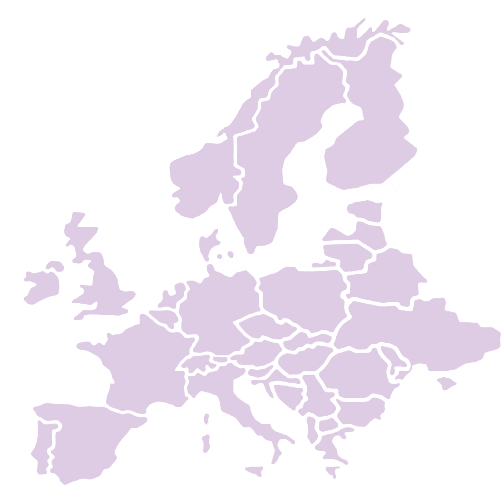
Europe is home to the fewest whale and dolphins with twenty-seven different species visiting its shores. The northern bottlenose whale is a species of beaked whale often found near northern Europe, and can dive to depth over two thousand meters deep. Check back soon to learn about our upcoming tour to swim with Orcas in Norway, where the killer whales hunt salmon in the winter time.
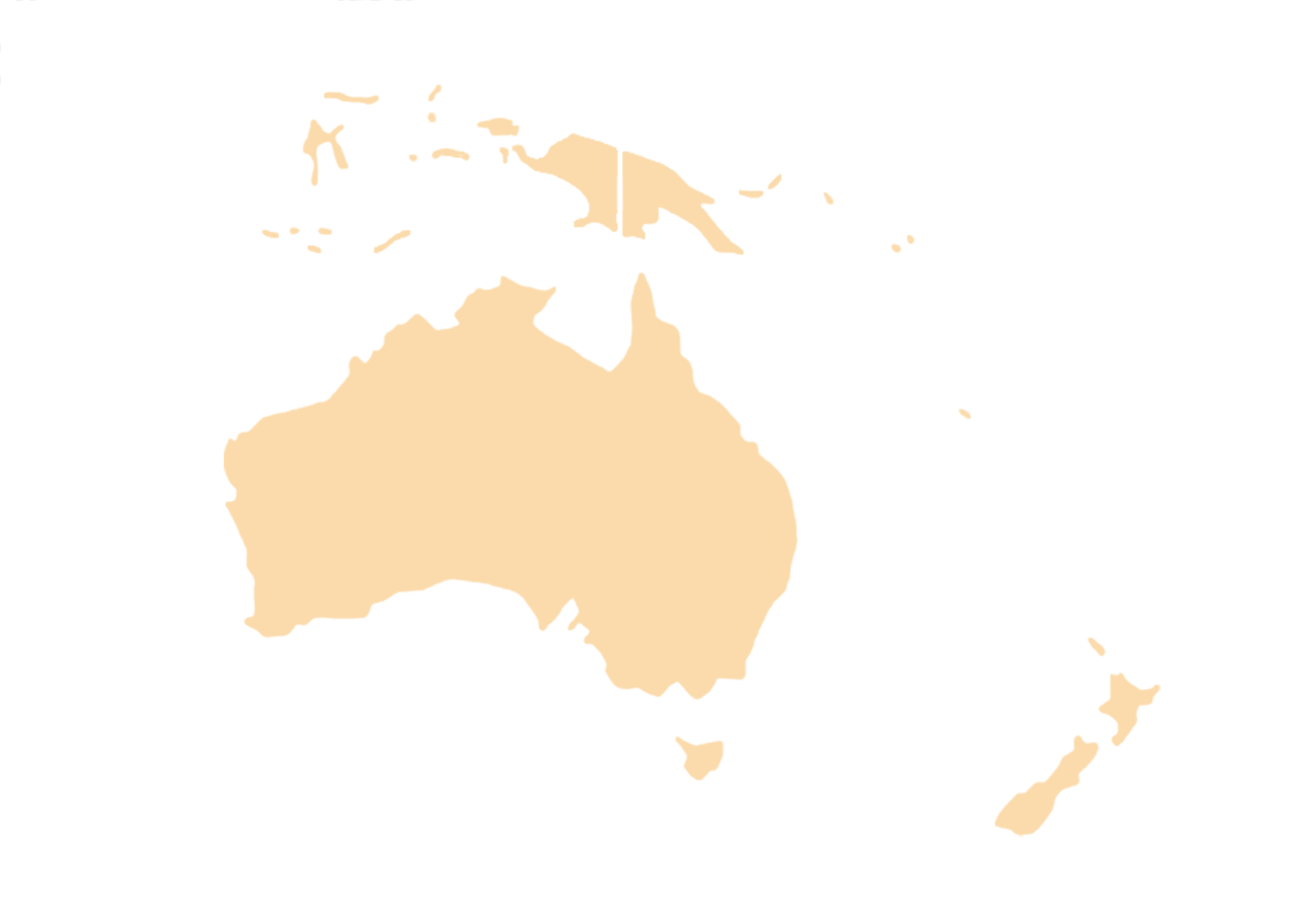
Oceania is home to forty-three different species of whales and dolphins. Cetacean-watching here is in literal paradise, with so many islands along the southern Pacific that whales call home. Hector's Dolphin is endemic to this continent, found along the shores of New Zealand. Southern Right Whales and Orcas also frequent the southern islands.
Our Humpback Whales of Tonga photo tour is our inaugural tour. After scouting our location in Tonga, we fell in love with the whales, the island culture and scenery of Tonga. The experience of being up-close-and-personal with humpback whale mothers and calves is profoundly life-changing experience. We can't wait to show you!
